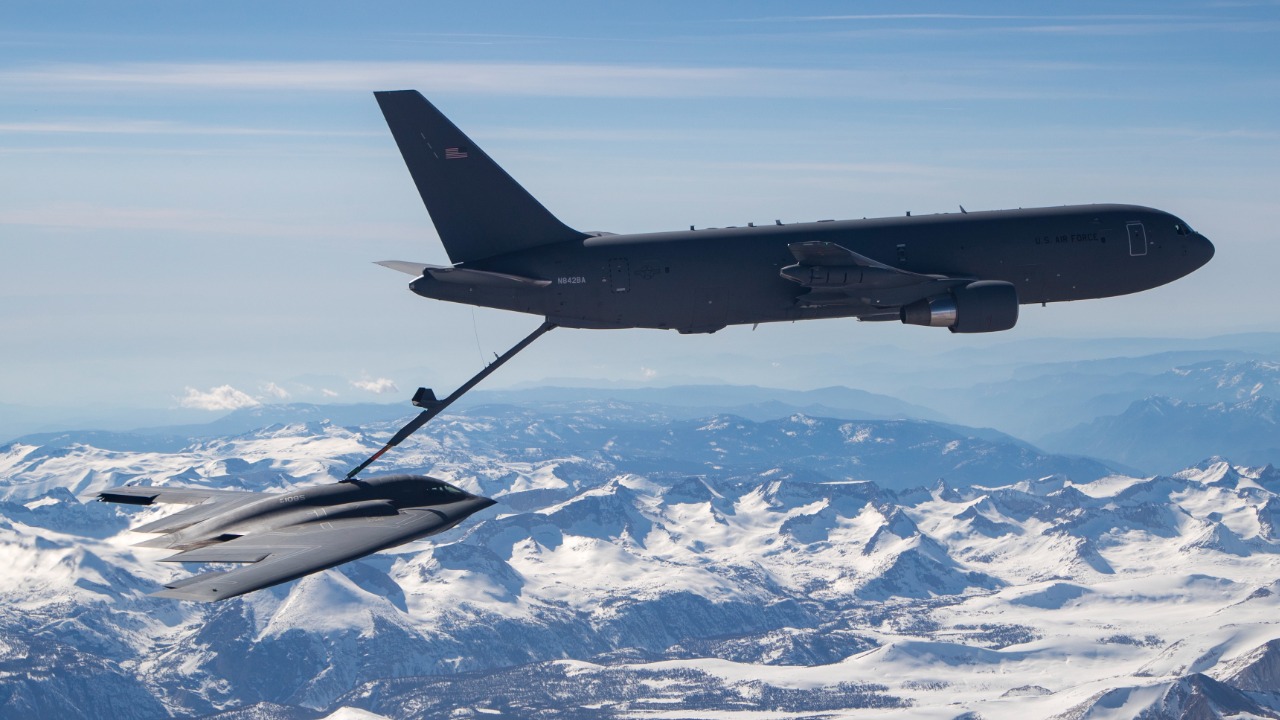
U.S. bombers have long been at the forefront of military aviation, revered for their ability to evade sophisticated radar systems. In particular, the stealth and supersonic capabilities of these aircraft are critical in operations over radar-dense regions like Iran. This article delves into the scientific and technological advancements that enable these bombers to avoid detection and perform their missions effectively.
The Evolution of Stealth Technology
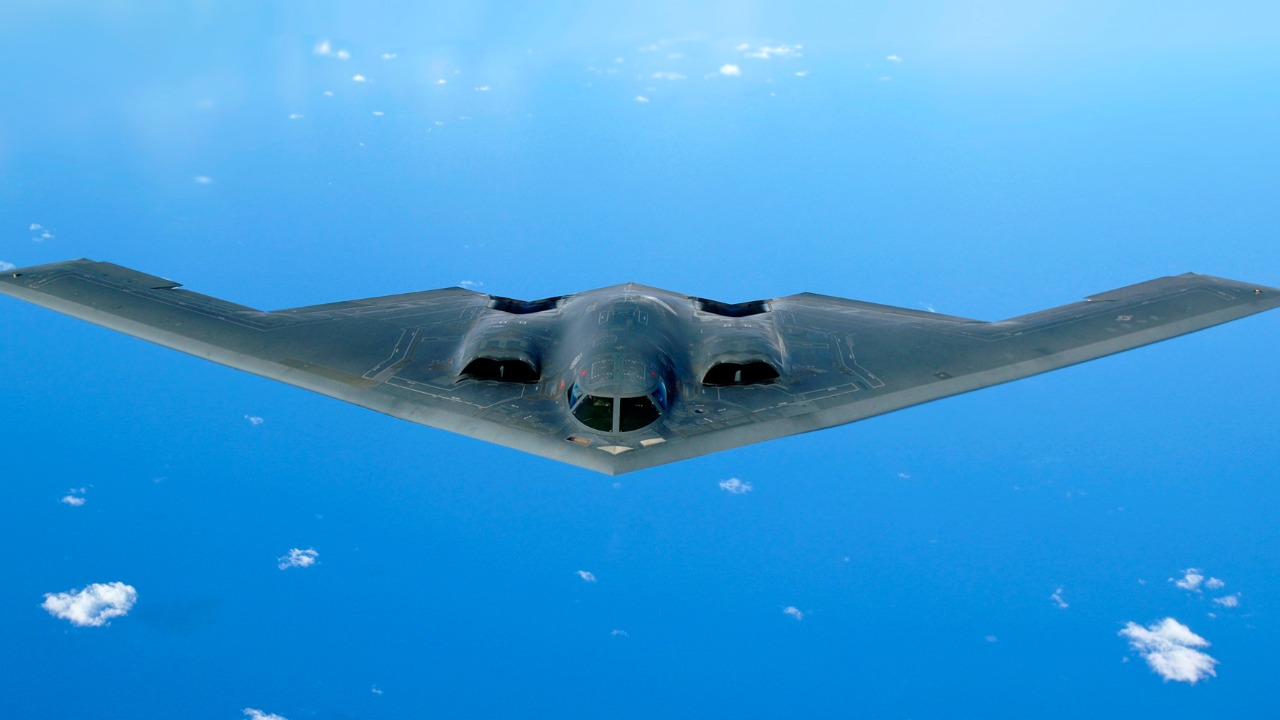
Historical Background
The development of stealth technology in military aviation has reshaped how air forces conduct operations. Beginning in the late 20th century, the U.S. invested heavily in technologies that would allow aircraft to operate without being detected by enemy radar systems. Milestones such as the introduction of the F-117 Nighthawk and the B-2 Spirit marked significant advancements in stealth capabilities. Each iteration brought improvements in radar evasion and mission efficiency, enabling aircraft to penetrate enemy defenses with unprecedented effectiveness.
Principles of Radar Evasion
At the core of stealth technology is the reduction of an aircraft’s radar cross-section (RCS). This involves using materials and design techniques that minimize the reflection of radar waves. Composite materials absorb radar waves, while angular designs deflect them away from the source. The B-2 bomber, for example, uses a combination of these techniques to achieve a low RCS, making it difficult for radar systems to detect. Learn more about stealth design principles.
Supersonic Advancements and Strategic Impact
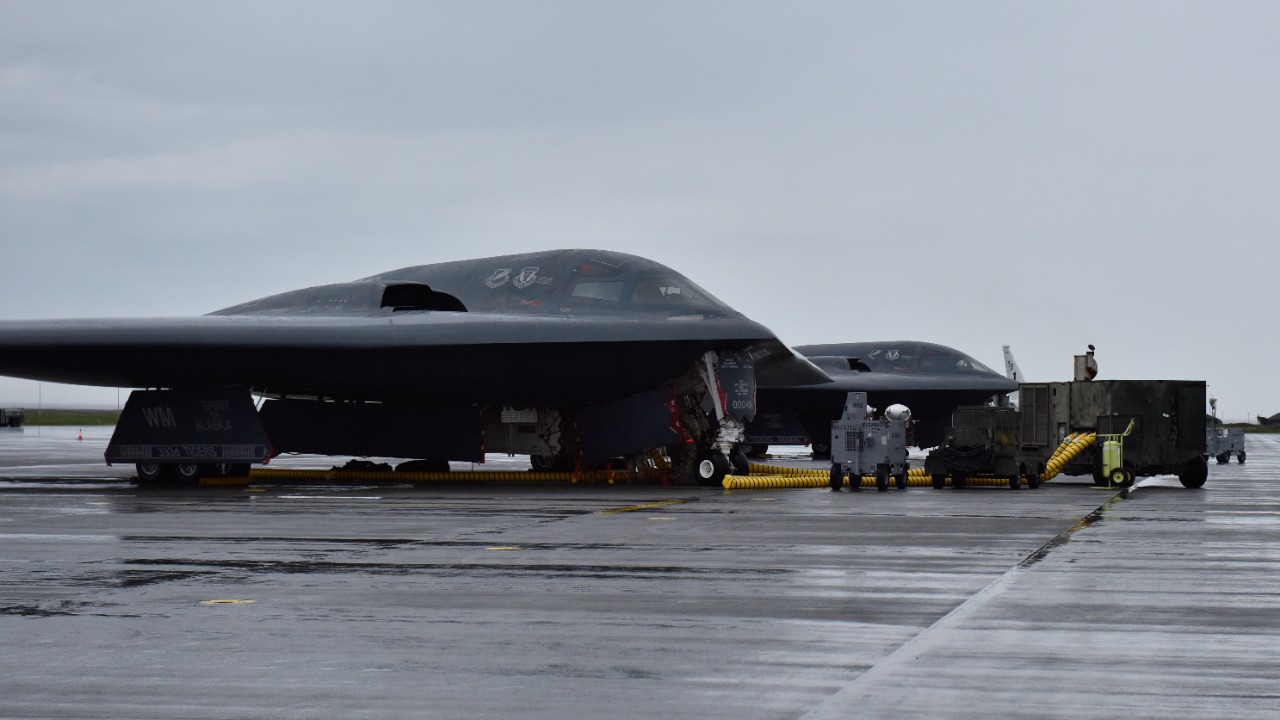
Aerodynamic Innovations
Supersonic flight presents unique aerodynamic challenges, particularly in maintaining stealth characteristics. Aircraft must be designed to handle the increased air resistance and heat generated at high speeds. Innovations such as variable-sweep wings and advanced engine technologies allow bombers to achieve supersonic speeds while retaining a low radar profile. These advancements are critical for rapid deployment and evasion of enemy defenses.
Strategic Deployment
Supersonic speed enhances a bomber’s strategic capabilities by allowing it to cover vast distances quickly and deliver payloads with precision. The ability to operate at high speeds is crucial in time-sensitive missions, such as those targeting heavily defended facilities. For instance, the U.S. has employed its stealth bombers in operations against strategic targets, such as Iran’s nuclear sites, to great effect. Explore the strategic impact of stealth bombers.
Technological Integration in Modern Bombers

Avionics and Sensor Systems
Modern bombers are equipped with advanced avionics that facilitate precise navigation and targeting in challenging environments. These systems integrate with a variety of sensors that enhance the aircraft’s stealth capabilities by providing real-time data on enemy radar positions and environmental conditions. This integration allows pilots to make informed decisions and adjust their flight paths to avoid detection.
Electronic Warfare and Countermeasures
Electronic warfare plays a pivotal role in disrupting enemy radar and communications systems. Modern bombers are equipped with electronic countermeasures that can jam radar signals or create false targets. Techniques such as radar jamming and decoy deployment are employed to confuse enemy defenses and protect the aircraft from detection. Learn more about electronic warfare techniques.
Geopolitical Implications of Stealth Bombers
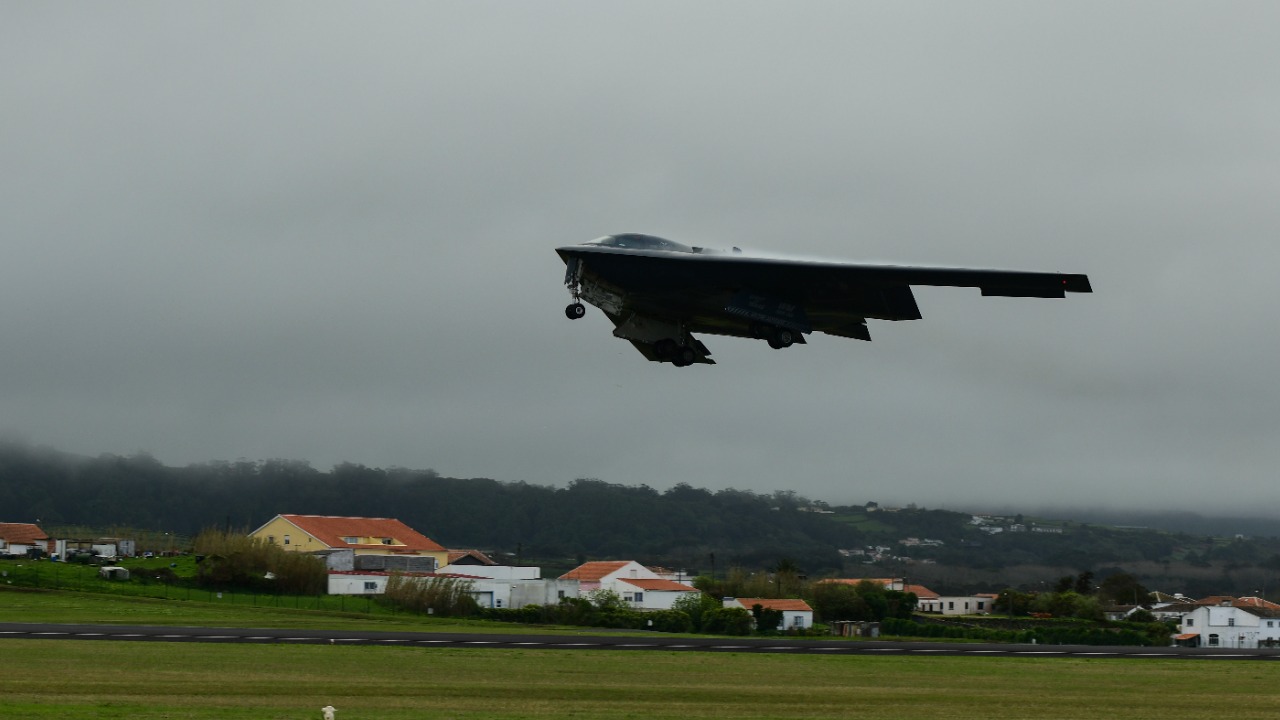
Regional Security Dynamics
The presence of U.S. stealth bombers in regions like the Middle East has a significant impact on regional security dynamics. Iran, for instance, must constantly adapt its military strategies to counter the threat posed by these advanced aircraft. The ability of stealth bombers to operate undetected complicates defensive planning and places pressure on regional powers to develop their own anti-stealth technologies.
Global Military Balance
Stealth technology plays a critical role in maintaining the global balance of power. As more nations invest in stealth capabilities, the military landscape continues to evolve. The U.S. remains at the forefront of this development, but emerging powers are rapidly advancing their own stealth technologies. This ongoing technological race will shape future military policies and alliances, influencing global stability. Watch a video on global stealth technology trends.
Future Prospects and Innovations
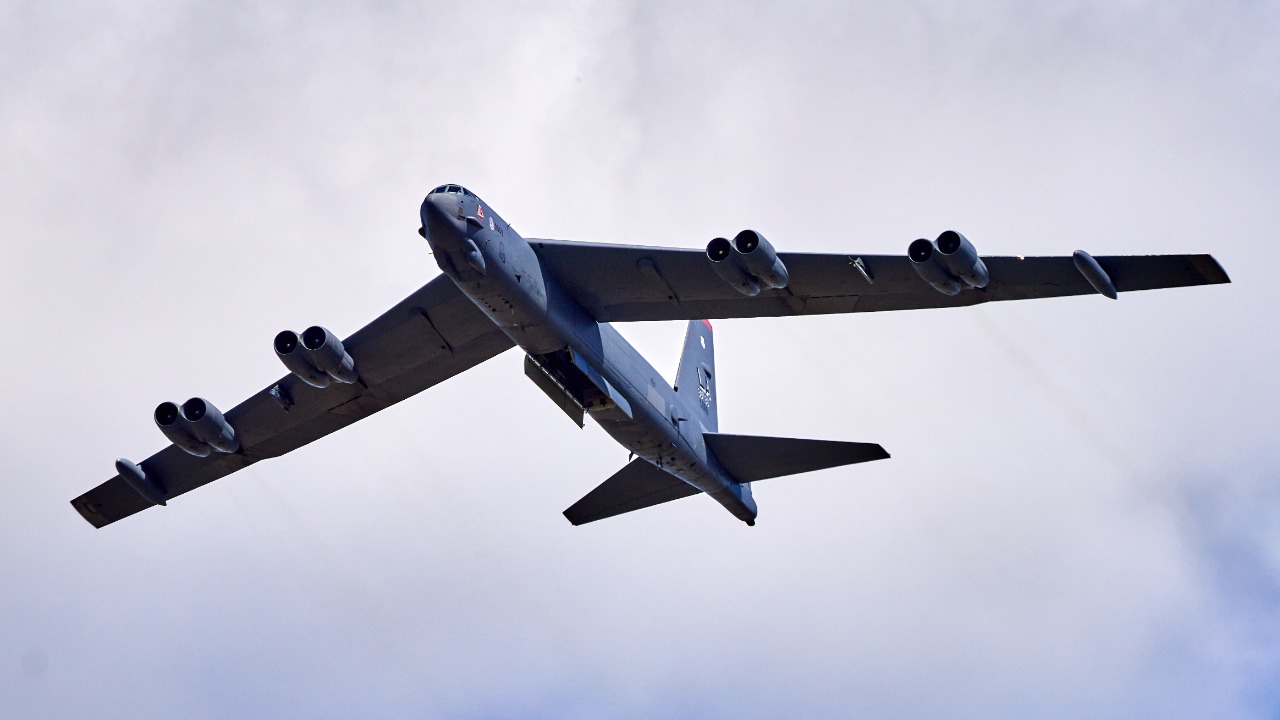
Next-Gen Stealth Technologies
Research and development in stealth technology continue to push the boundaries of what is possible. Emerging technologies, such as metamaterials and advanced cloaking techniques, promise to further reduce radar visibility and enhance operational capabilities. The next generation of stealth bombers will likely incorporate these innovations, providing even greater mission flexibility and effectiveness.
Sustainability and Cost Considerations
As military budgets face increasing scrutiny, the cost of developing and maintaining stealth bombers becomes a critical consideration. Balancing technological advancement with sustainability goals is essential to ensure the long-term viability of these programs. Economic factors will influence decisions on the deployment of stealth bombers and the prioritization of future projects. As the demand for advanced military technology grows, so does the need for cost-effective solutions. Explore economic factors in military technology.